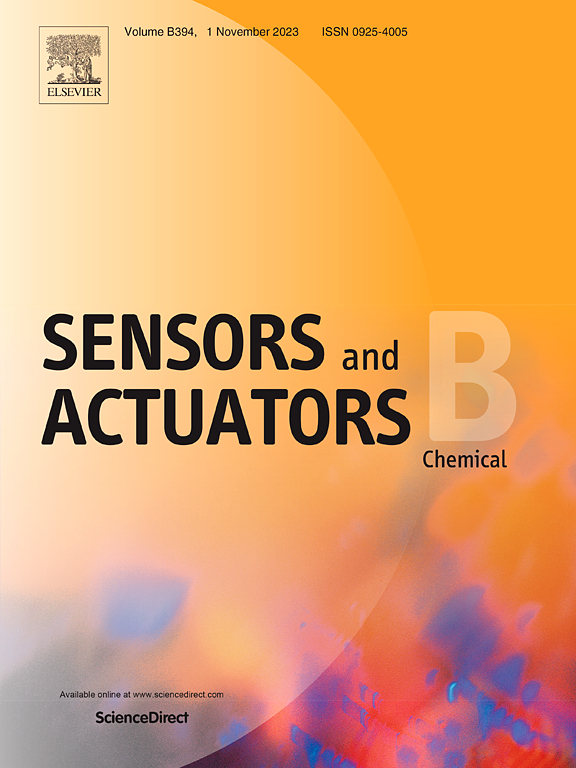A high-performance light-induced thermoelastic spectroscopy sensor based on a high-Q value quartz tuning fork load
IF 8
1区 化学
Q1 CHEMISTRY, ANALYTICAL
引用次数: 0
Abstract
This paper reports for the first time a high-performance light-induced thermoelastic spectroscopy (LITES) sensor based on a high-quality factor (Q) quartz tuning fork (QTF) as the load. The high-Q QTF, sealed in a vacuum and featuring a Q factor of about 50000, is connected in series with a commercially available standard QTF to enable piezoelectric signal filtering, thereby increasing the overall Q-factor. Methane (CH4), a highly flammable and explosive gas, is chosen as the target for this study. Compared to the bare QTF mode, the series QTF mode increased the Q value of the QTF detector by 2.11 times and the signal-to-noise ratio (SNR) of the CH4-LITES sensor by 1.73 times. Under varying CH4 concentrations, the series QTF mode-based CH4-LITES sensor demonstrated an excellent linear response, with a calculated minimum detection limit (MDL) of 0.96 ppm. According to Allan deviation analysis, the MDL of the CH4-LITES sensor was improved to 0.16 ppm when the average time of the system was 100 s. Additionally, to assess the frequency selectivity of the series QTF mode, external acoustic waves with a center frequency of 32.768 kHz were used for interference testing. The SNR of the bare QTF mode decreased by a factor of 108.92, while the SNR of the series QTF mode only decreased by a factor of 26.88. These results show that the series QTF mode provides 4 times greater anti-noise capacity, significantly enhancing the frequency selectivity of the LITES sensor.
求助全文
约1分钟内获得全文
求助全文
来源期刊

Sensors and Actuators B: Chemical
工程技术-电化学
CiteScore
14.60
自引率
11.90%
发文量
1776
审稿时长
3.2 months
期刊介绍:
Sensors & Actuators, B: Chemical is an international journal focused on the research and development of chemical transducers. It covers chemical sensors and biosensors, chemical actuators, and analytical microsystems. The journal is interdisciplinary, aiming to publish original works showcasing substantial advancements beyond the current state of the art in these fields, with practical applicability to solving meaningful analytical problems. Review articles are accepted by invitation from an Editor of the journal.
 求助内容:
求助内容: 应助结果提醒方式:
应助结果提醒方式:


